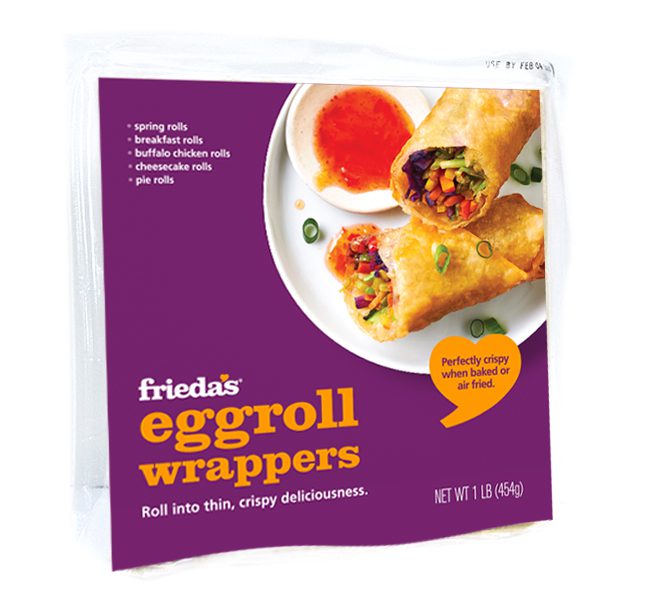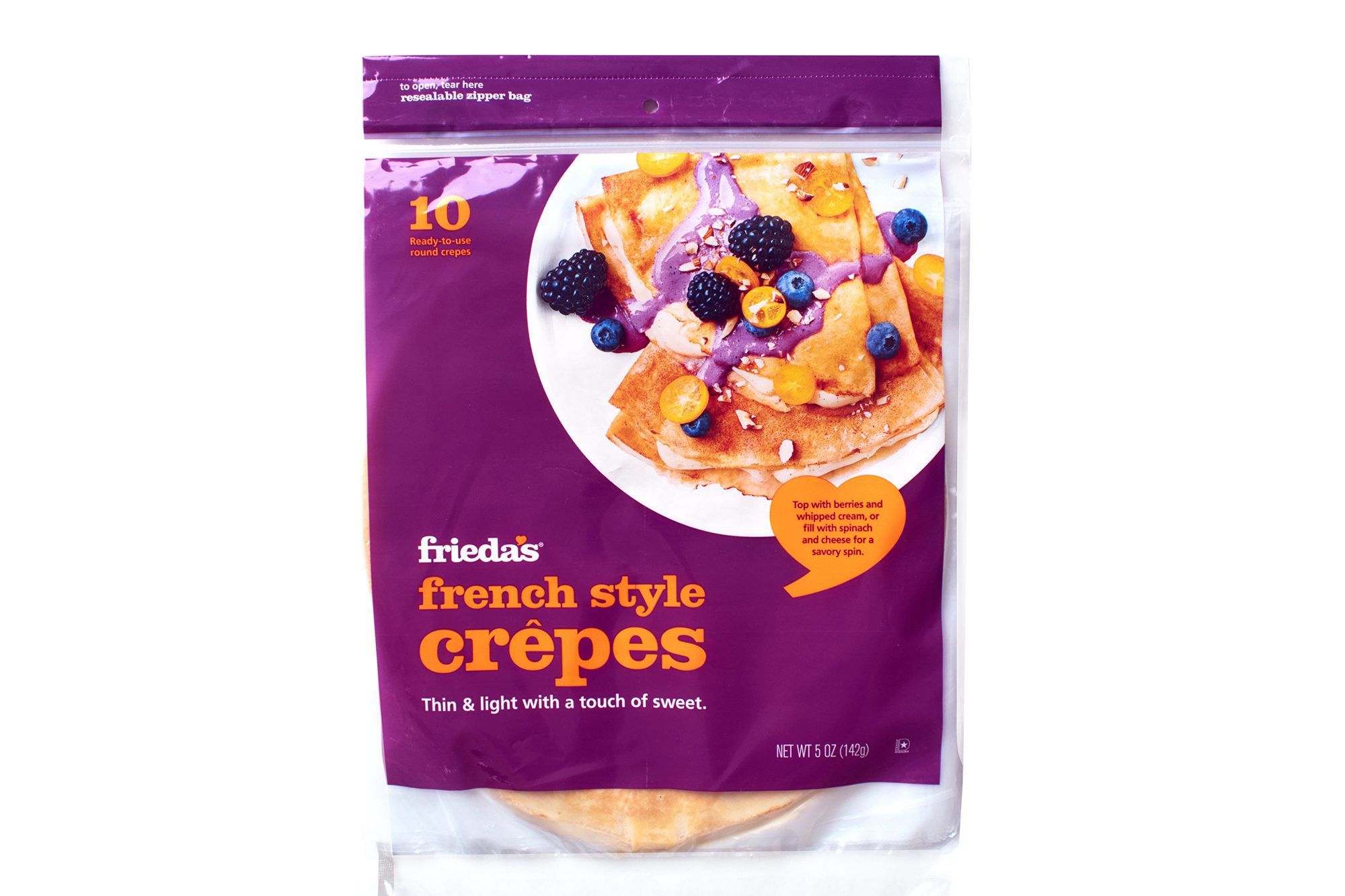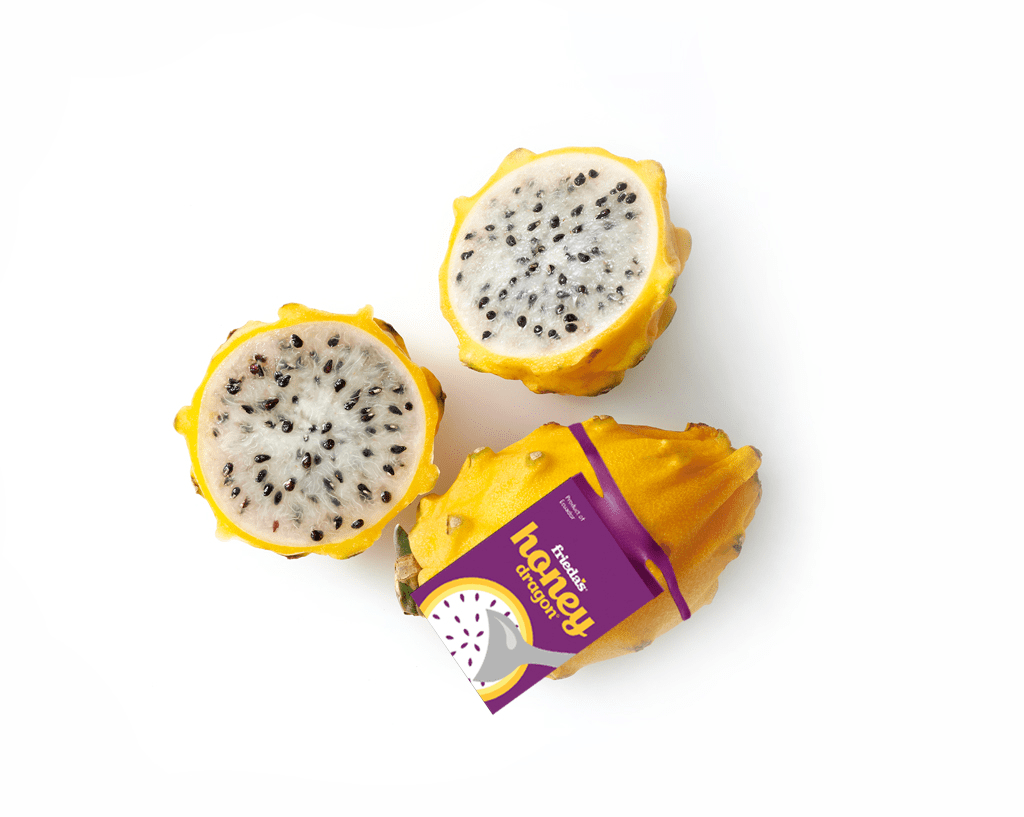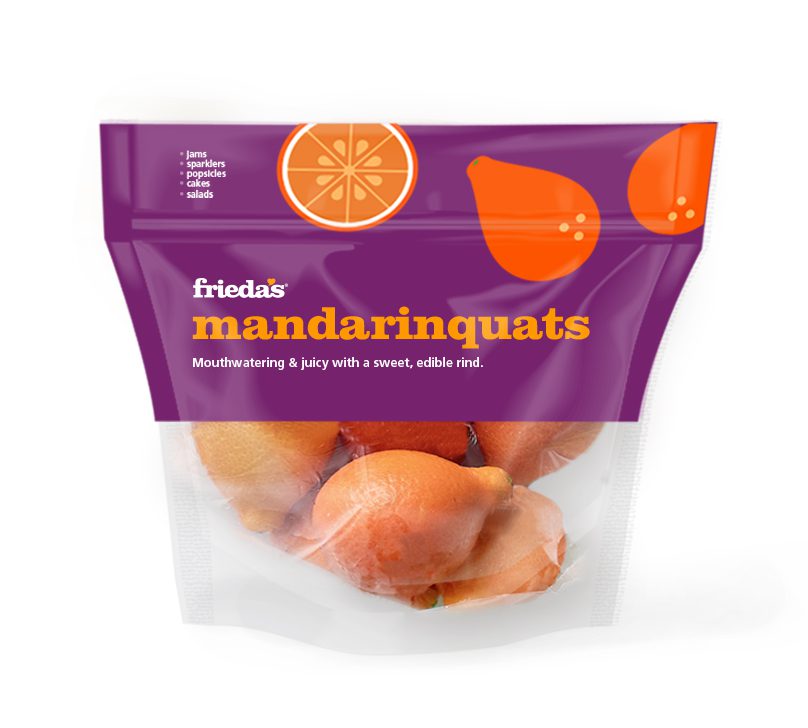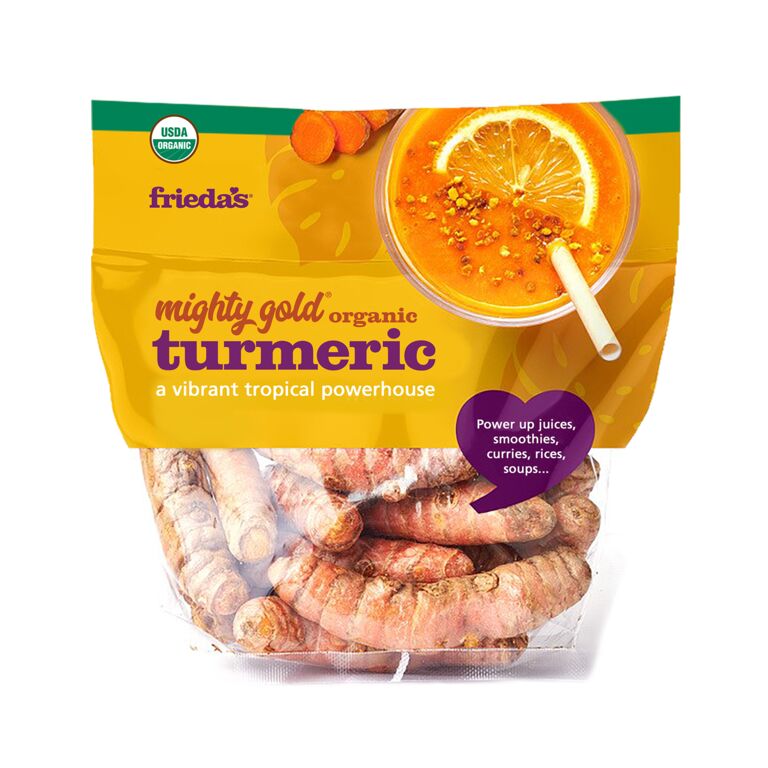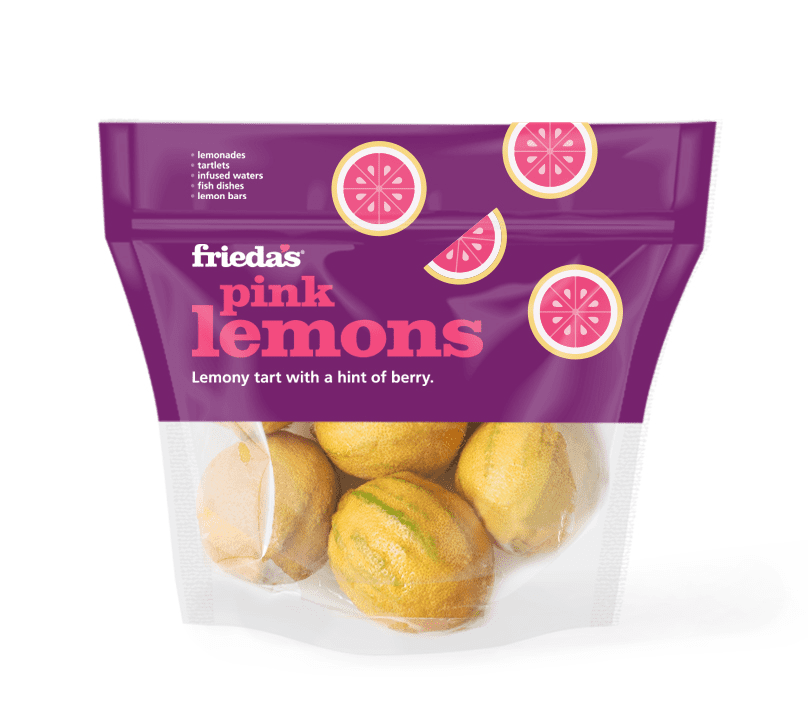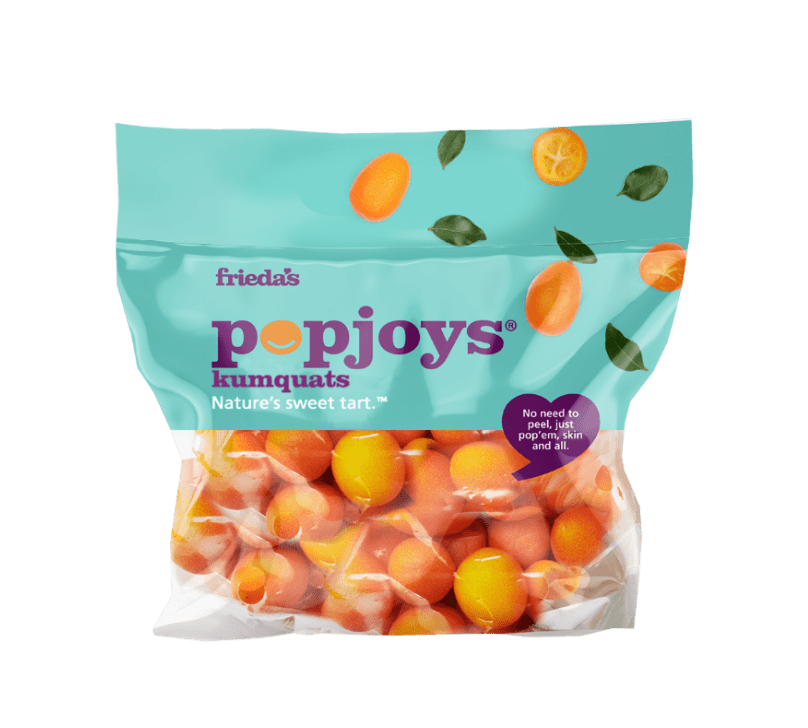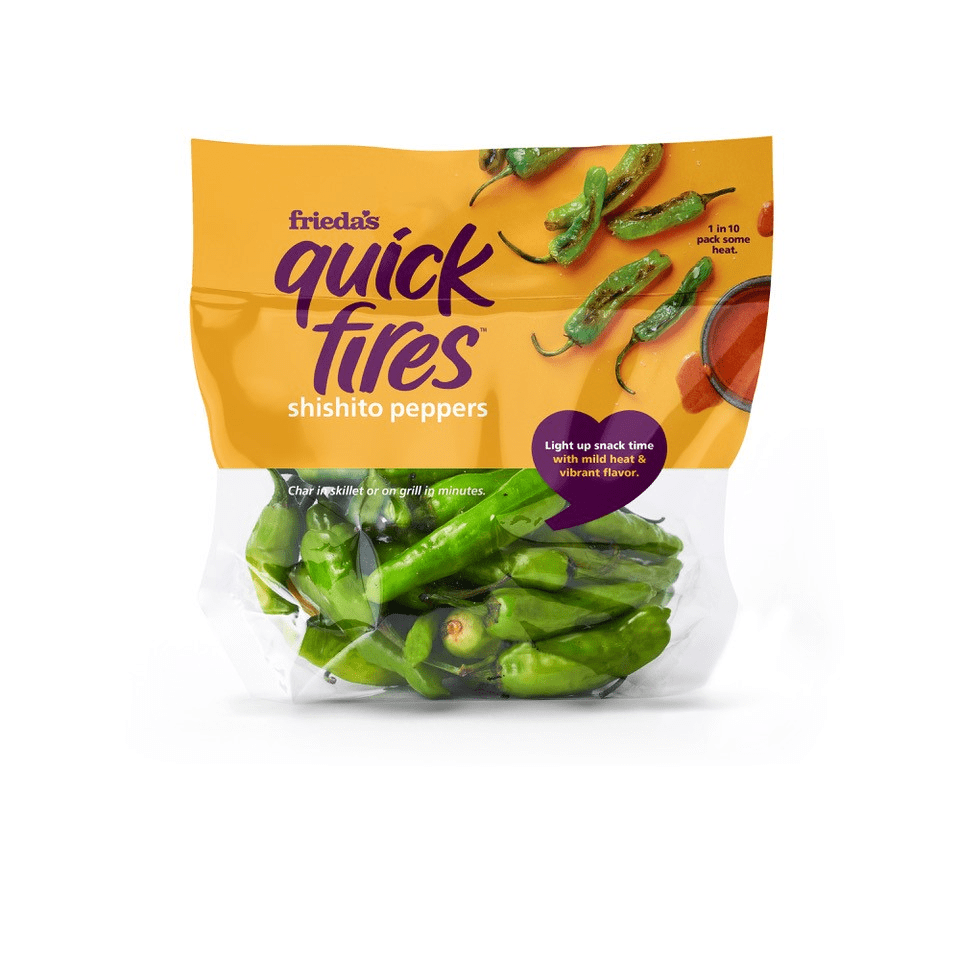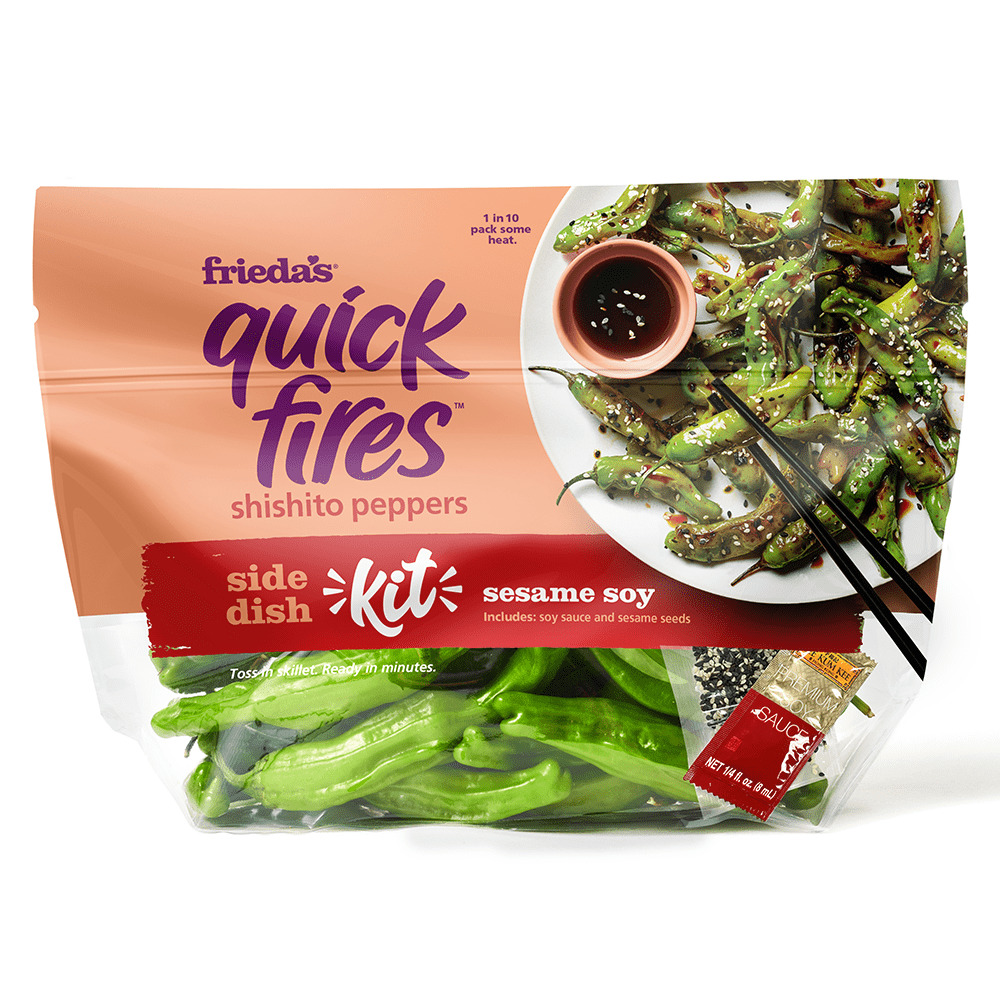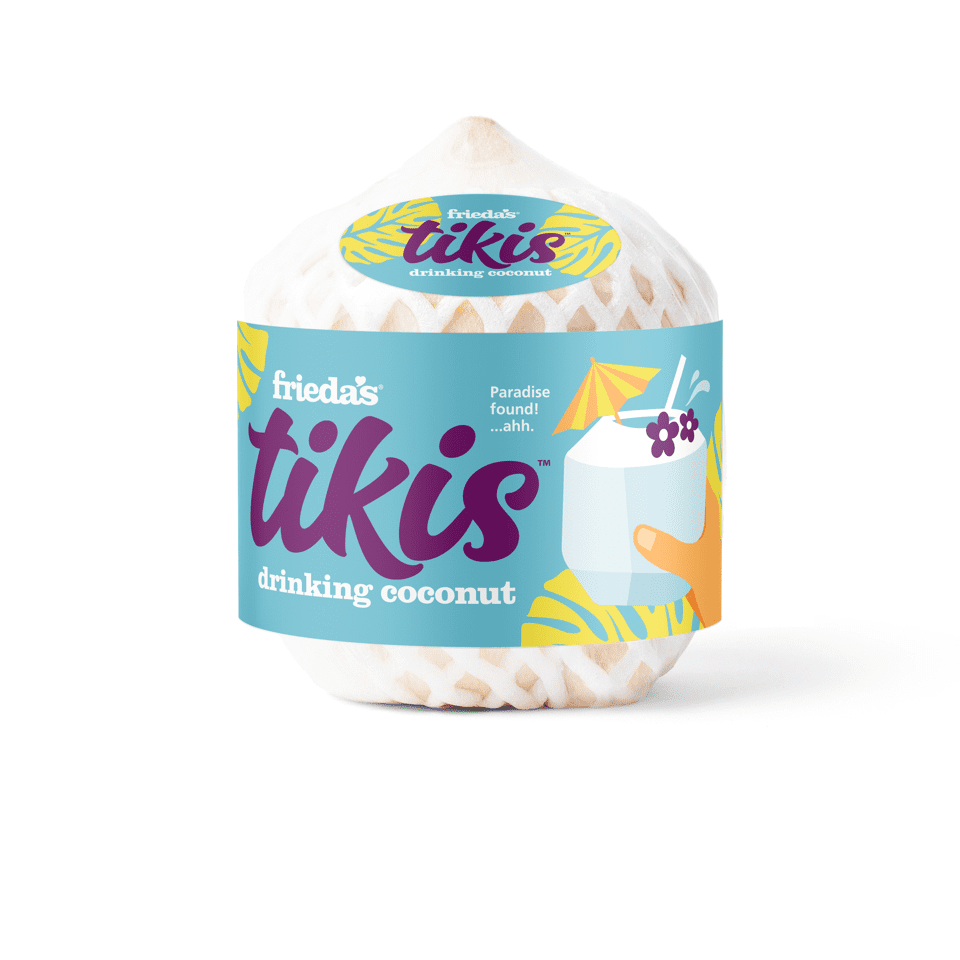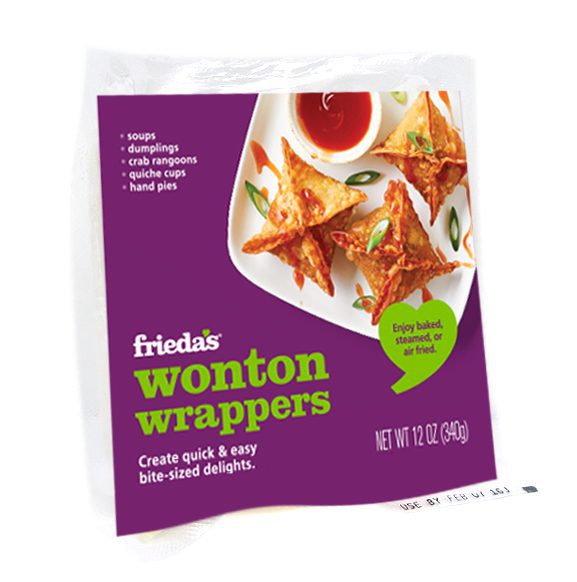Back in the “good old days,” when we didn’t have year round supplies of almost every kind of produce from different parts of the world, January and February signaled the peak of citrus season. Of course that means “normal” citrus varieties like navel oranges, pink and white grapefruit, and regular lemons. But my produce world is anything but “normal.”
So, I’d like to introduce you to a few of the more unusual varieties of citrus fruits that you will probably find in your local supermarket and on the menus of restaurants right now and in the months to come.
First, the grapefruit department:
Also known as Chinese Grapefruit, the Pummelo is the largest of the citrus fruits, ranging in size from a small cantaloupe to nearly the size of a basketball. No wonder it symbolizes abundance in Chinese traditions! The Pummelo has thick rind with white, pink, or rosy red pulps, and a sweet and tart flavor without the bitterness of a grapefruit.
Translated to “white gold” from Spanish, Oroblanco is a cross between a Pummelo and a white grapefruit, developed back in the late 1950s. It has a sweet, juicy grapefruit flavor with low acid and without the bitterness.
A cousin of the Oroblanco, Melogold is also a cross between a Pummelo, but with a different variety of grapefruit than the Oroblanco. The result is a juicy citrus with the taste of orange and grapefruit overtones.
Now, over in the lemon department:
Did you know that a Meyer Lemon is actually a hybrid? Believed to be a cross between a lemon and orange, F.N. Meyer first imported this hearty citrus to the U.S.A. from China in 1908. Meyer Lemon is sweeter, milder, and less acidic than regular lemon, with light herbal notes.
Seedless Lemons really don’t have seeds. (Well, once in a while, Mother Nature does surprise you with one.) Definitely takes a lot of the work out of making lemonade, I tell you.
Variegated Pink Lemon isn’t only striking on the outside with its striped green and cream rind. Inside, the flesh has a faint pink blush that gets deeper as the fruit ripens. The flavor is still very much lemony, but with floral and berry hints.
And finally, in the orange department:
Source: EatLikeNoOne.comSome call them Cuties. Some call them Halos. But guess what? They are both Mandarins! That’s right. Originally, there were only Cuties, which belonged to Paramount Citrus. The company Sun Pacific then split from Paramount Citrus, taking with it the name Cuties. Halos thus became the new name by which Paramount Citrus calls its Mandarins.
Other Mandarin varieties include Murcott, Tango, Shasta, Yosemite, Gold Nugget, and Pixies. Each one has a distinctive outside look and shape, internal flavor, and acidity. You’ll just have to try them all to find the one you like best!
I’ll tell you more about the smallest citrus fruit next time. Meanwhile, I’d love to hear what your favorite citrus fruit is and why. And feel free to ask any questions!
Enjoy!
Karen


